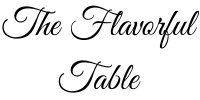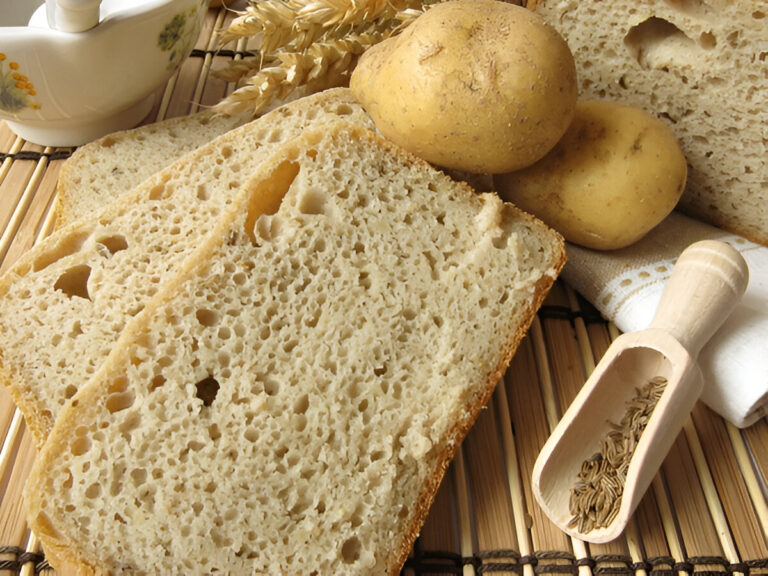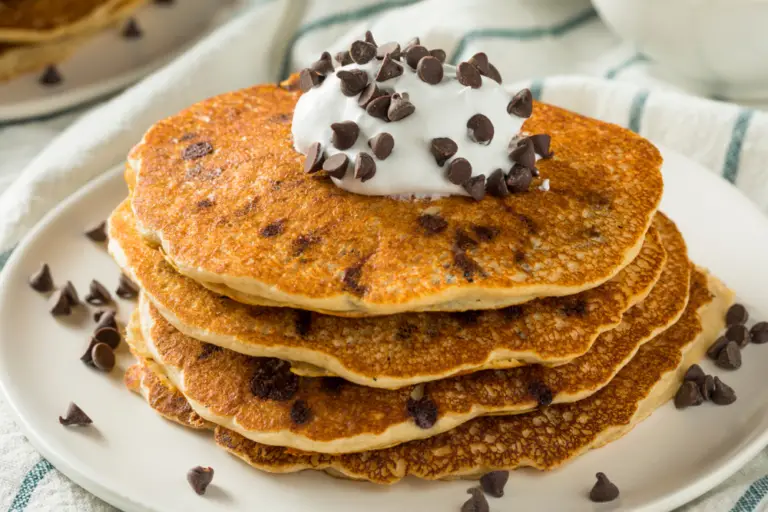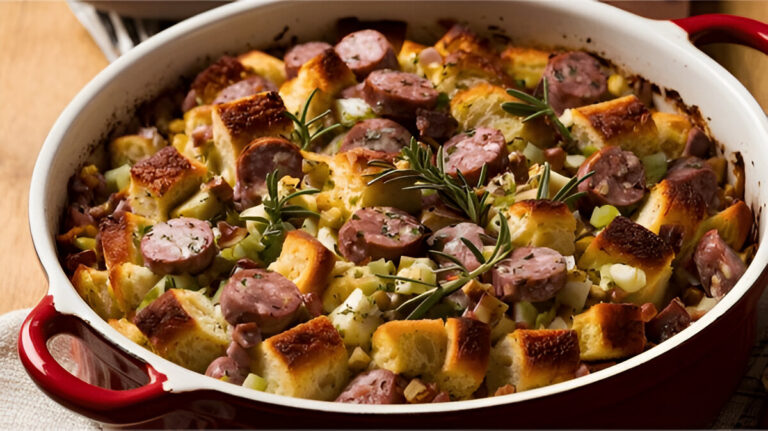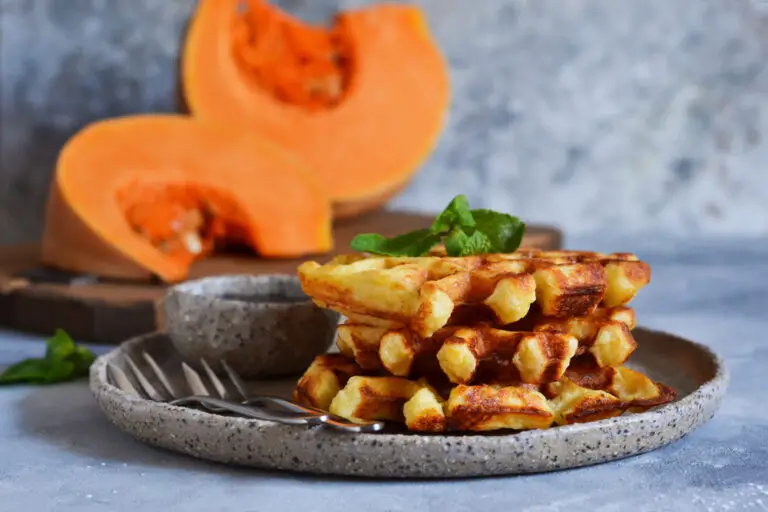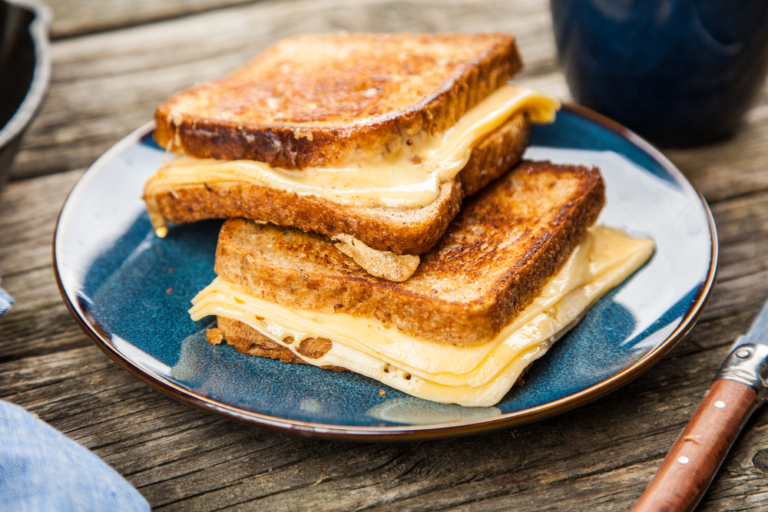French Toast
French toast is a timeless breakfast classic, perfect for turning simple ingredients into a rich, comforting start to your day. This versatile recipe works wonders with any bread you have on hand, from soft brioche to hearty whole wheat.
The magic lies in its delicate balance of creamy milk, rich eggs, and a hint of vanilla and cinnamon, creating an irresistibly fluffy texture with a hint of spice. Each slice is golden, crispy on the outside, and delightfully soft within.
Top with warm maple syrup, a pat of butter, or fresh berries to elevate every bite. Whether for brunch or a cozy weekend treat, this French toast brings warmth and indulgence to the table.
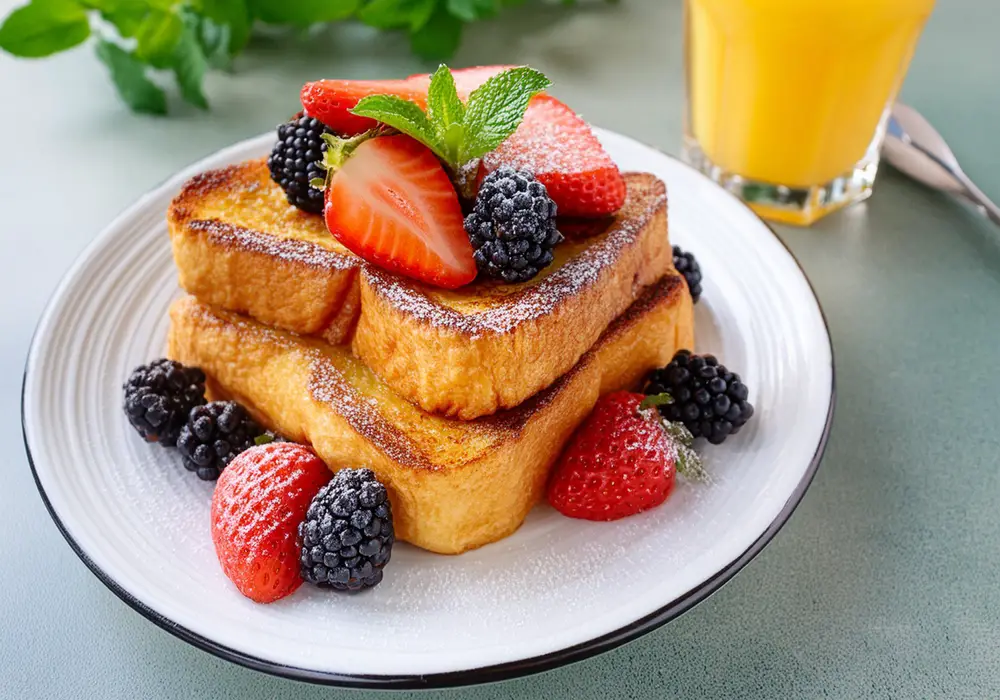
French Toast Ingredients
- Milk: Adds creamy richness, creating a smooth base for the custard-like batter that infuses each slice with tenderness.
- Eggs: Essential for binding, they bring structure and fluffiness, turning ordinary bread into golden, pillowy perfection.
- Vanilla Extract: A hint of warmth and sweetness, enhancing the toast with a subtle aromatic depth.
- Cinnamon: Adds a cozy, spiced touch, transforming each bite with a delicate, aromatic allure.
- Bread (Thick Slices): The foundation of this dish; sturdy yet soft, it absorbs the custard mixture, delivering a deliciously soft and crispy finish.
French Toast Recipe: Tips, Serving Suggestions, and FAQ
Recipe Tips
- Choose the Right Bread: For the best French toast, opt for sturdy bread that can absorb the custard without becoming soggy. Brioche, challah, or thick-sliced white bread are excellent choices due to their soft yet substantial texture. Slightly stale bread is ideal, as it will soak up the custard better than fresh bread, giving you that perfect balance of crisp edges and a soft, tender interior.
- Master the Perfect Soak: Don’t rush the soaking process. Allow each slice to absorb the custard fully by pressing down gently on each side. This ensures that the bread is saturated, leading to a creamy, custard-like interior. However, be careful not to oversoak—around 10-15 seconds per side is usually enough for thick slices.
- Cook at the Right Temperature: A medium heat is ideal for cooking French toast. Too high, and it’ll burn on the outside while remaining undercooked within; too low, and it may become dry. Preheat your skillet and test with a tiny drop of the batter—if it sizzles gently, it’s ready. Using a mix of butter and oil can help prevent the butter from burning, adding both flavor and a lovely golden crust.
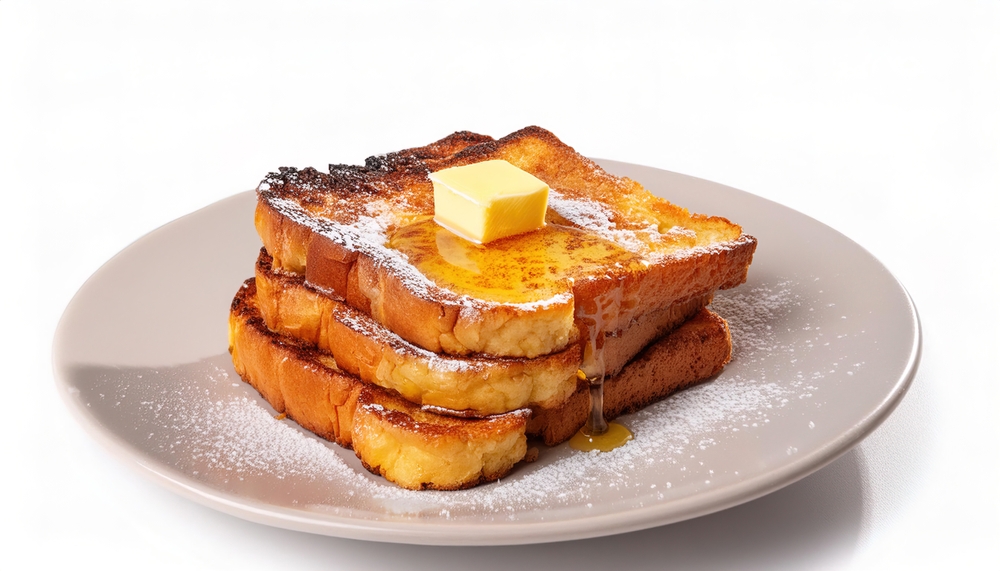
What to Serve with French Toast
- Fresh Berries and Whipped Cream: Add a burst of freshness with a side of seasonal berries like strawberries, blueberries, or raspberries. Their natural sweetness and acidity balance the richness of the French toast, while a dollop of whipped cream adds light, airy texture. For extra flair, drizzle a touch of honey or a sprinkle of powdered sugar.
- Maple Syrup and Crispy Bacon: For a classic pairing, serve French toast with warm maple syrup and a side of crispy bacon. The syrup adds a sweet richness that complements the cinnamon and vanilla notes, while the salty, crunchy bacon brings a savory contrast, creating a harmonious balance of flavors.
- Greek Yogurt and Sliced Bananas: For a healthier twist, top French toast with a spoonful of Greek yogurt and sliced bananas. The creamy yogurt adds protein and a slight tang, while bananas bring natural sweetness. This combo is perfect for a balanced breakfast that feels indulgent yet nutritious.
FAQ
- Can I make French toast without cinnamon or vanilla?
Absolutely! Cinnamon and vanilla are optional, but they do enhance the flavor. If you prefer a simpler taste, feel free to leave them out, or substitute with a touch of nutmeg or almond extract for a different twist. - What is the best type of bread for French toast?
Thick-cut brioche, challah, or French bread are excellent choices due to their sturdy structure and ability to absorb custard well without becoming too soggy. Whole wheat and multigrain breads also work, adding a hearty texture. - How can I make French toast dairy-free?
Substitute the milk with a non-dairy alternative like almond, oat, or soy milk. Coconut milk also works and adds a subtle tropical flavor. Use a plant-based butter or oil to cook, and you’ll have a delicious, dairy-free version. - Can I freeze leftover French toast?
Yes, you can! Allow it to cool completely, then place in a single layer on a baking sheet to freeze. Once frozen, store slices in an airtight bag or container. Reheat in the toaster, oven, or skillet for a quick and tasty breakfast.

French Toast
Ingredients
Method
- Start by gathering all necessary ingredients.
- In a shallow bowl, thoroughly whisk together the eggs, milk, vanilla extract, cinnamon, and a pinch of salt to form a smooth mixture.
- Prepare a griddle or skillet by lightly greasing it with butter and heating it over medium-high heat. Immerse each slice of bread in the egg mixture, ensuring both sides are well-coated.
- Place the soaked bread on the heated skillet and cook until golden brown, approximately 3 to 4 minutes on each side.
- Serve the French toast hot, accompanied by your preferred toppings.
- Recipe Tip: Nutmeg can be used as an alternative to cinnamon, depending on your flavor preference.
